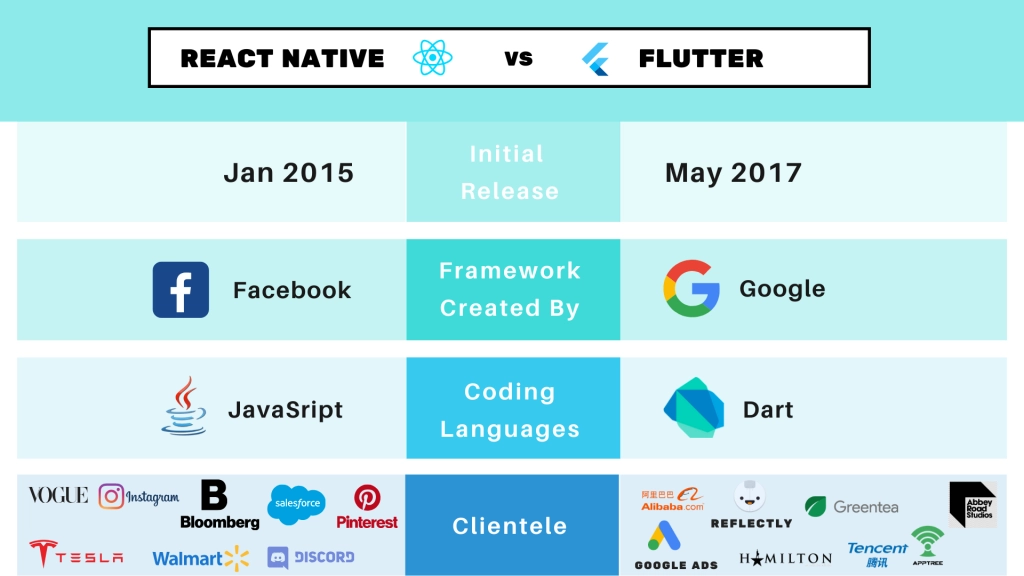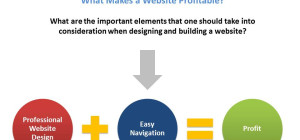Welcome to our blog, where we delve into the exciting realm of mobile app development powered by Flutter 2.0! In this dynamic digital era 2023, Flutter has emerged as the go-to framework for crafting visually stunning and performant applications. Join us on a journey of exploration as we uncover the exceptional features that Flutter 2.0 brings to the table, propelling mobile app development to new heights.
From its enhanced support for desktop and web platforms to its arsenal of cutting-edge UI components, we’ll unveil the tools that empower developers to create captivating cross-platform apps. Get ready to witness the fusion of innovation and efficiency that Flutter 2.0 delivers, revolutionizing how we build mobile applications in 2023 and beyond.
What is Flutter 2.0?
Flutter 2.0 is a major release of the open-source UI framework developed by Google. Released on March 3, 2021, Flutter 2.0 brought several significant updates and improvements to the framework, making it even more powerful and versatile for building cross-platform applications.
One of the key features introduced in Flutter 2.0 is support for building web applications, in addition to its existing capabilities for Android, iOS, desktop, and embedded platforms. It means developers can use Flutter to create high-quality, responsive web applications using a single codebase.
Another notable enhancement in Flutter 2.0 is the introduction of null safety. This feature helps eliminate null reference errors during runtime by ensuring variables are non-nullable by default. It provides better code stability and reduces the likelihood of crashes or unexpected application behavior.
Flutter 2.0 includes numerous performance improvements, productivity enhancements, and new widgets. The framework continues to provide a rich set of pre-built UI components, a hot reload for rapid development, and an extensive ecosystem of packages and tools.
Overall, Flutter 2.0 expanded the framework’s capabilities, making it a compelling choice for developers seeking to build high-quality, visually appealing, responsive applications across multiple platforms.
Flutter 2.0 Features That Boost Mobile App Development in 2023
Sure! Here are some of the key Flutter 2.0 features that will boost mobile app development in 2023:
Null safety:
Flutter 2.0 introduced null safety as a stable feature. Null safety helps developers write safer code by preventing null reference exceptions. It ensures that variables are non-null by default and enforces strict null checks during compilation. This feature improves code reliability and reduces the chances of runtime crashes.
Web support:
Flutter 2.0 expanded its capabilities beyond mobile platforms and introduced stable support for web development. In addition to building mobile apps, developers can build web applications that are high-quality, responsive, and use the same codebase. It enables efficient cross-platform development and reduces development time and effort.
Improved performance:
Flutter 2.0 has several performance enhancements, making it even faster and more efficient. Introducing a new rendering engine called “Metal” on iOS and “Vulkan” on Android improves the overall rendering performance. Hot reloading has been made faster and more dependable so that developers may view changes right away without having to restart the app.
Desktop support:
While desktop support was experimental in previous versions, Flutter 2.0 brought stable support for building macOS, Windows, and Linux applications. It means developers can create desktop applications with the same Flutter codebase they use for mobile and web, enabling seamless cross-platform development and reducing the need for separate teams or technologies.
FlutterFire plugins:
Flutter 2.0 offers an extensive collection of FlutterFire plugins, which are officially supported for integrating Flutter apps with Firebase services. These plugins provide easy access to various Firebase features like authentication, cloud messaging, real-time databases, and more. The availability of these plugins simplifies backend integration and speeds up the development process.
Improved tooling and IDE support:
Flutter 2.0 has enhanced tooling and improved support in popular IDEs like Visual Studio Code, IntelliJ IDEA, and Android Studio. The Flutter extension ecosystem has also expanded, providing a rich set of tools and extensions that enhance the development experience. These improvements help developers write code more efficiently and improve productivity.
Accessibility enhancements:
Flutter 2.0 emphasizes accessibility, making it easier for developers to create apps that are accessible to a wider range of users. It provides new features and improvements related to screen readers, semantic markup, and keyboard navigation.
These enhancements enable developers to build inclusive applications that cater to users with disabilities.
Overall, these features of Flutter 2.0 empower developers to create high-quality mobile, web, and desktop applications with improved performance, enhanced productivity, and a seamless cross-platform development experience.
How to Hire Flutter Developer?
To hire a Flutter developer, you can follow these steps:
Clearly define your requirements:
Before starting the hiring process, it’s important to clearly understand your project requirements, including the scope, timelines, and specific skills you’re looking for in a Flutter developer.
Search online platforms and job boards:
There are numerous online platforms and job boards where you can find Flutter developers. Some popular platforms include LinkedIn, Upwork, Freelancer, Toptal, and GitHub. These platforms allow you to search for developers based on their skills, experience, and location.
Post a detailed job description:
Create a detailed job description outlining the project requirements, technical skills, experience level, and any other qualifications you desire in a Flutter developer. Be specific about the Flutter versions and libraries you expect them to be familiar with. Also, mention additional skills like backend development, UI/UX design, or database experience if required.
Review portfolios and resumes:
Examine the portfolios and resumes of the applicants as soon as you begin to get applications. Look for past projects, any other abilities they may have, and relevant experience with Flutter programming.
Conduct interviews:
Shortlist the candidates who meet your requirements and conduct interviews to assess their technical, problem-solving, and communication skills. Consider using a video call to have a more interactive conversation and gauge their fluency with Flutter.
Ask for code samples or a technical test:
To assess the candidate’s coding abilities, you can request code samples of their previous Flutter projects or ask them to complete a small technical test related to Flutter development. It will give you a better understanding of their coding style, adherence to best practices, and overall competency.
Check references:
If possible, contact their previous clients or employers to gather feedback on their work ethic, communication, and ability to meet deadlines.
Evaluate their collaboration and teamwork skills:
Since mobile app development solutions are often collaborative, it’s important to assess the candidate’s ability to work well with a team. Inquire about their experience working on collaborative projects or ask hypothetical questions to gauge their teamwork skills.
Discuss terms and conditions:
Once you’ve identified a suitable candidate, discuss the terms and conditions of the engagement, such as project timelines, payment structure, and any legal agreements that need to be signed.
Consider a trial period:
To ensure a good fit, you may consider a trial period where you temporarily hire the Flutter app development company. In order to evaluate their performance and fit with your team before committing to a long-term engagement, you can do this.
Remember to conduct the hiring process carefully and consider the candidate’s experience, tech skills, communication abilities, and cultural fit with your team to find your project’s best on-demand app development company.
Takeaway!
Flutter 2.0 brings exciting features that enhance mobile app development in 2023. With its support for web, desktop, and mobile platforms, improved performance, and hot reload, Flutter empowers developers to create high-quality, cross-platform apps efficiently and effectively, making it a top choice for app development in the coming year.








